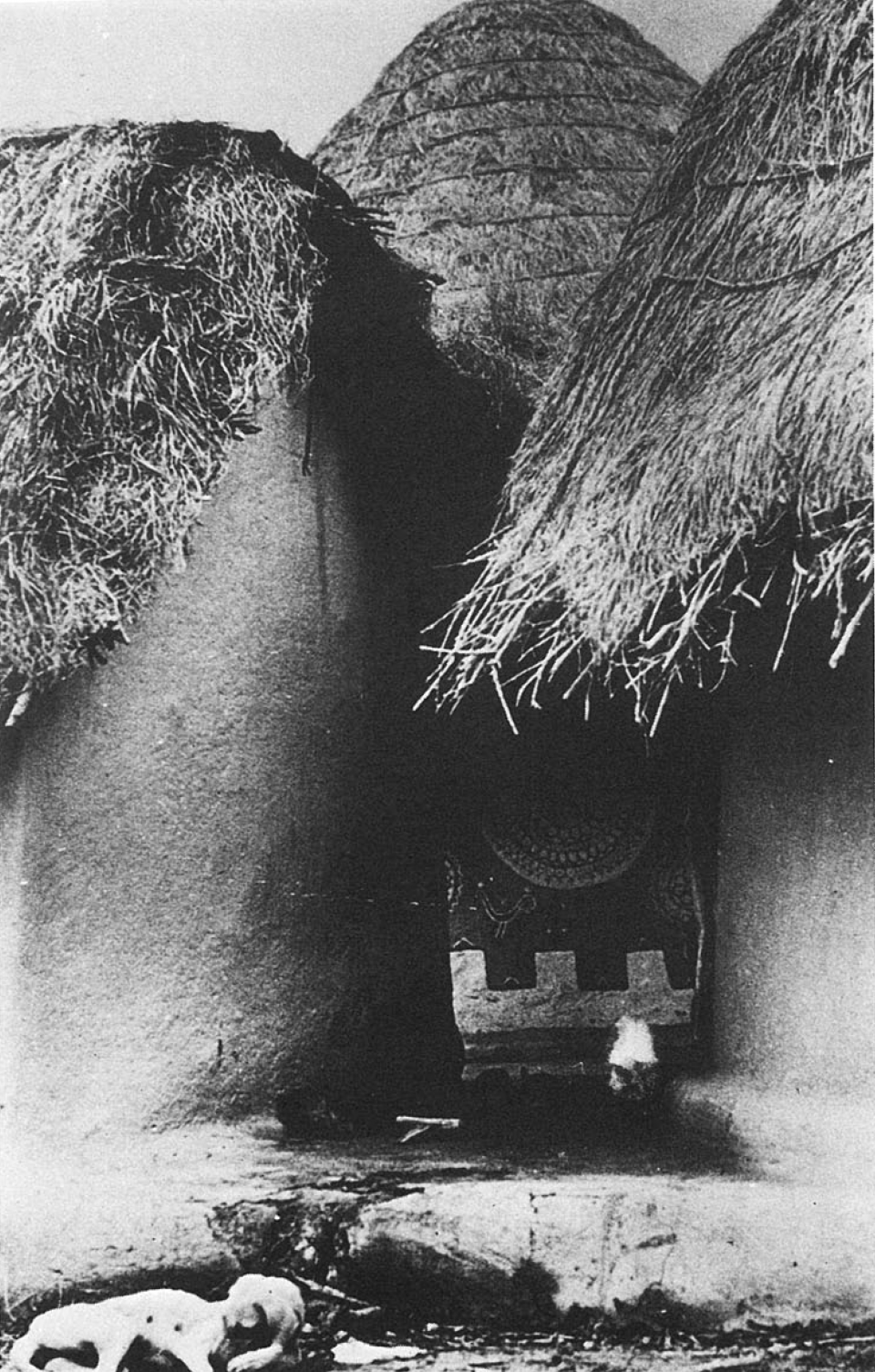The villagers of Banni build circular houses of mud, roofed with thatch – materials eminently suited to their hostile desert environment. The clustering of huts and the arrangement of open spaces reflect their life-styles and social structure. Faintly discernible – in many many different ways, from painted wall decorations to jewellery designs – is an underpinning of other aspirations, intimations of deeper and more primordial myths and images. For like thousands of other Indian villages, Banni represents both time present as well as time past.

